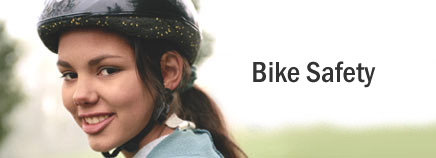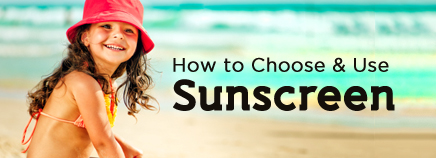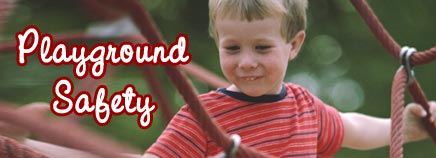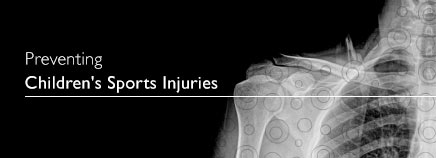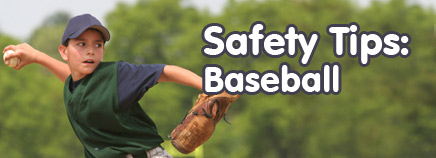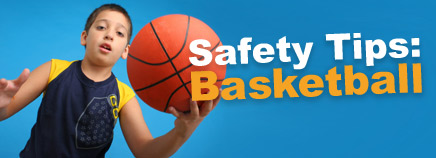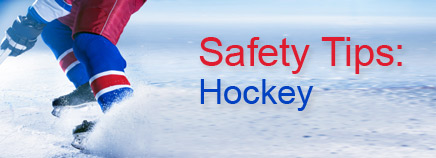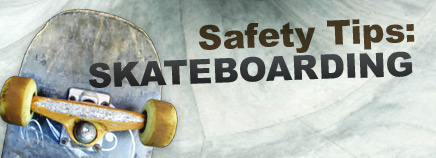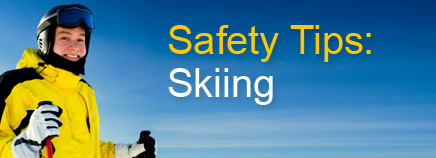Bike riding is a great way to get exercise and fresh air and share time as a family. But before you and the kids rush out and start pedaling, there’s an important factor that you need to consider — safety. Helmet Basics Bicycle helmet use should not be optional for …
How to Choose & Use Sunscreen
With all the sunscreens available these days (organic or mineral? water-resistant or sweat-resistant? lotion or spray?), choosing the right one for your kids can be tricky. But what matters most when picking a sunscreen is how well it protects skin from UV rays. How to Choose Look for SPF (sun …
Is It OK for Kids to Sleep After a Possible Concussion?
Should kids be kept awake after a possible concussion? Or is it OK for them to sleep? – Erin It’s OK to allow a child to fall asleep after a possible concussion. In fact, especially for young kids, it can be difficult to keep them awake if they need to be …
Playground Safety
Playgrounds and outdoor play equipment offer kids fresh air, friends, and exercise. So it’s important for parents to make sure that faulty equipment, improper surfaces, and careless behavior don’t ruin the fun. Each year, more than 200,000 kids are treated in hospital ERs for playground-related injuries. Many of these accidents can …
Preventing Children’s Sports Injuries
Causes of Sports Injuries Participation in any sport, whether it’s recreational bike riding or Pee-Wee football, can teach kids to stretch their limits and learn sportsmanship and discipline. But any sport also carries the potential for injury. By knowing the causes of sports injuries and how to prevent them, you …
Safety Tips: Baseball
There’s a reason why baseball has been called our national pastime for decades. It’s as American as hot dogs and apple pie. It’s been a summer tradition in big cities and little towns across the U.S.A. for generations. It’s a great team sport, and it’s fun. Why Baseball Safety Is …
Safety Tips: Basketball
From the asphalt courts of Harlem to the high school gyms of Indiana, basketball is a way of life for millions of American kids and teens. It may be fun to play and great exercise, but basketball is also a contact sport, and injuries occur frequently. Also, since basketball players …
Safety Tips: Hockey
With non-stop action and high-speed team play, hockey is a great sport for kids. Sometimes called “the fastest game on ice,” it’s a great way to get exercise, and with youth and adult programs throughout the country, chances are no matter what your child’s age or skill level, there is …
Safety Tips: Skateboarding
Skateboarding’s popularity has soared in the last few decades, and offshoots like longboarding and mountain-boarding are becoming more common. But skateboarding also can be an easy way for kids to get hurt, particularly if they skate in the wrong place or don’t wear protective gear. Scrapes and bruises are almost a …
Safety Tips: Skiing
Flying effortlessly down a snow-covered slope, feeling the wind in your face and soaking up the beautiful mountain scenery — there’s a lot to love about skiing. It’s a sport that kids can learn at a young age and continue doing for the rest of their lives, and it can …

